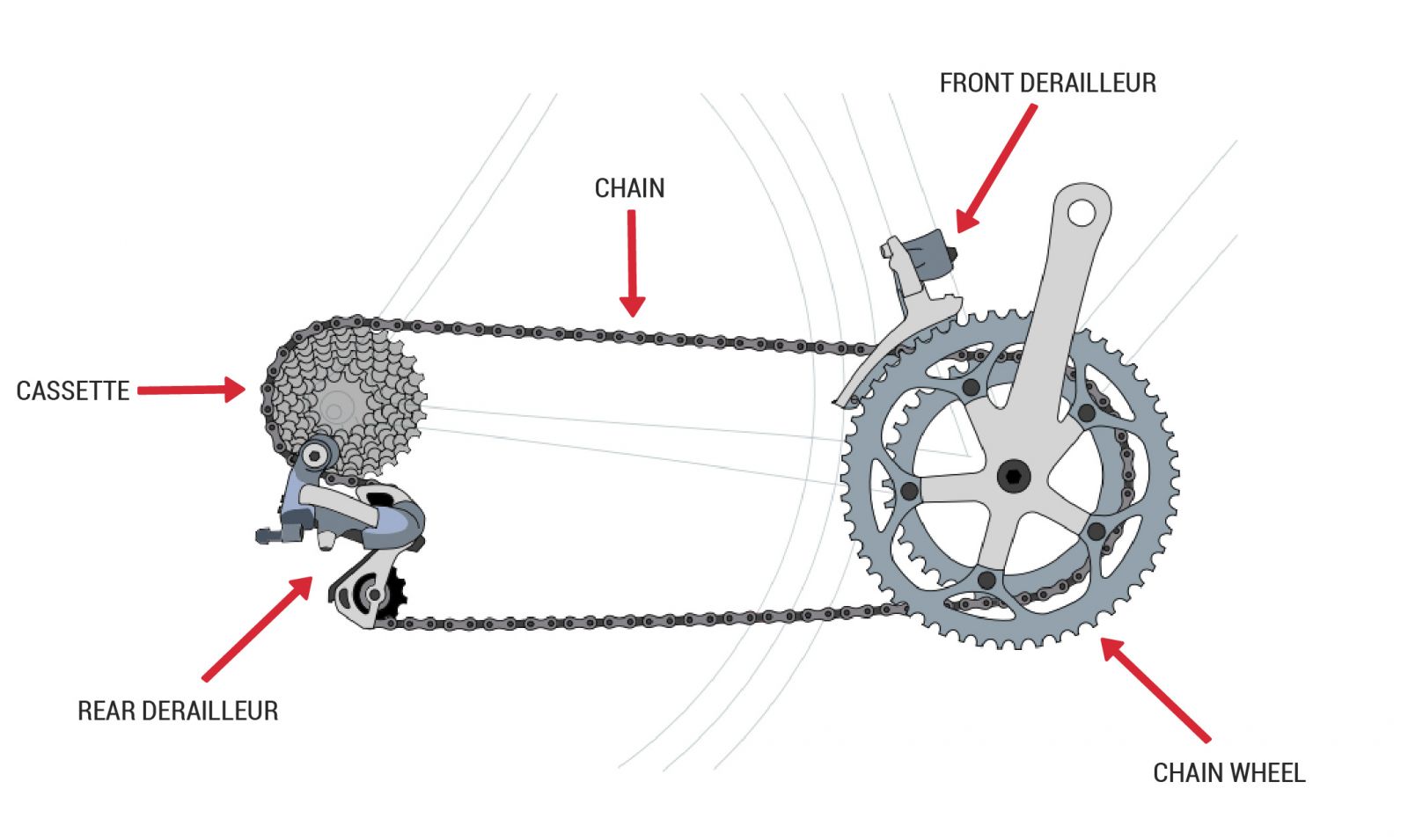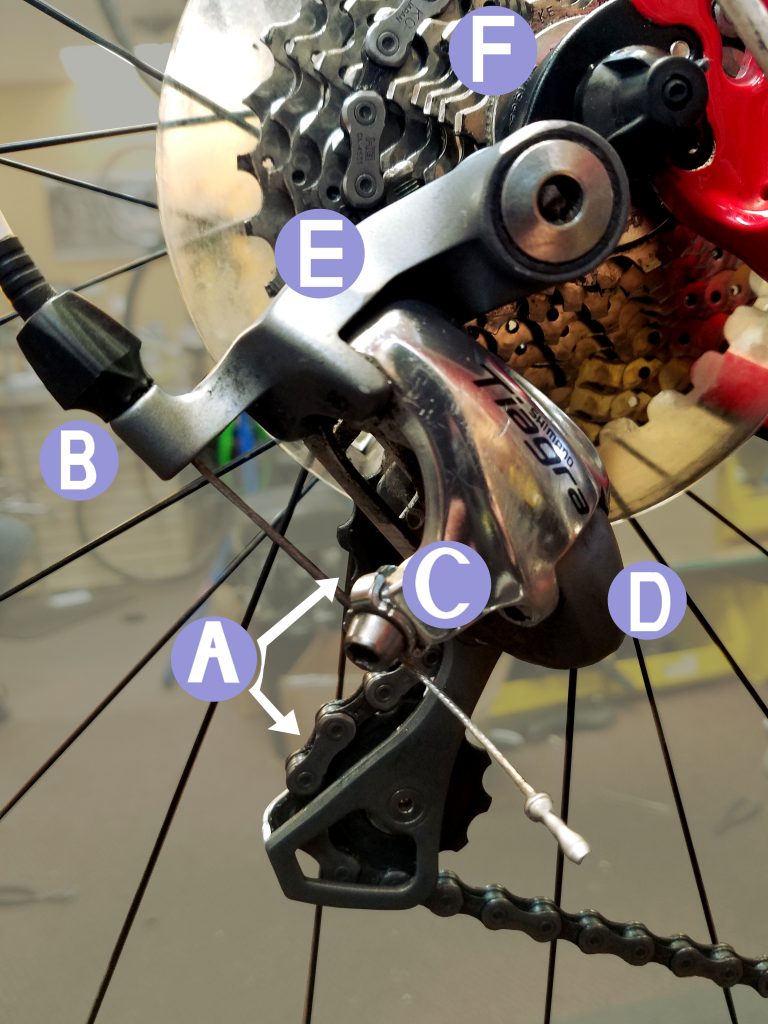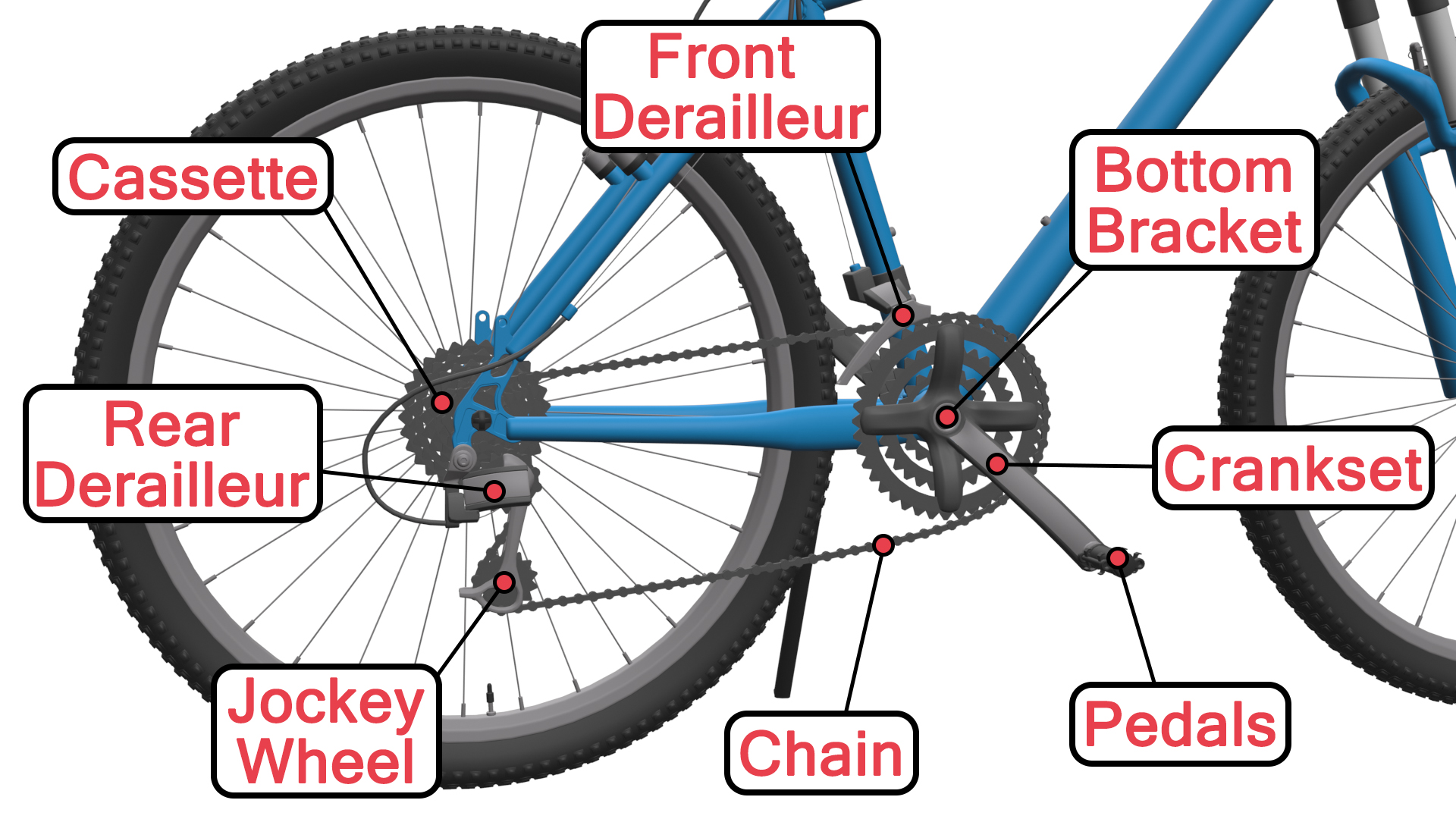Understanding the Anatomy of a Bicycle
Knowing the different parts of a bicycle is essential for a safe and enjoyable ride. A comprehensive understanding of bicycle components can improve maintenance, enhance performance, and even prevent accidents. By familiarizing yourself with the anatomy of a bicycle, you can better appreciate the intricacies of your ride and make informed decisions when it comes to upgrades, repairs, and customization. A bicycle part names diagram can be a valuable resource in this process, providing a visual representation of the various components and how they work together. With a deeper understanding of your bicycle’s components, you can optimize your ride for maximum efficiency, comfort, and safety.
How to Identify and Learn Bicycle Part Names
Learning the different parts of a bicycle can seem like a daunting task, but with a step-by-step approach, it’s easier than you think. Start by familiarizing yourself with a bicycle part names diagram, which provides a visual representation of the various components and how they work together. Online resources, such as interactive diagrams and tutorials, can also be a valuable tool in learning bicycle part names. Begin by identifying the main components, such as the frame, wheels, gears, and brakes, and then move on to more specific parts like derailleurs, shifters, and cranksets. As you learn each part, take note of its function and how it contributes to the overall performance and safety of the bicycle. By following these steps and utilizing available resources, you’ll be well on your way to becoming an expert in bicycle part names and taking your riding experience to the next level.
The Essential Components: Wheels, Gears, and Brakes
The wheels, gears, and brakes of a bicycle are the essential components that work together to provide propulsion, speed control, and safety. The wheels, comprising the rims, tires, and hubs, are responsible for supporting the bicycle’s weight and providing traction on various surfaces. Gears, including the cassette, chainrings, and derailleurs, enable riders to adjust their speed and effort according to the terrain, while brakes, consisting of the brake calipers, levers, and pads, allow riders to slow down or come to a stop safely. Understanding the functions and importance of these components is crucial for maintaining a safe and efficient ride. A bicycle part names diagram can be a useful tool in identifying and learning about these essential components, providing a visual representation of how they work together to create a smooth and enjoyable ride.
The Frame and Fork: The Backbone of Your Bicycle
The frame and fork of a bicycle are the foundation upon which all other components are built. The frame, which can be made from materials such as steel, aluminum, carbon fiber, or titanium, provides the structural integrity of the bicycle, while the fork connects the frame to the front wheel and enables steering. Different types of frames, including road, mountain, and hybrid, are designed to accommodate various riding styles and terrains. The fork, which can be rigid or suspension-equipped, plays a critical role in absorbing shock and maintaining control. Understanding the different types of frames and forks, as well as their materials and functions, is essential for selecting the right bicycle for your needs and ensuring a comfortable and efficient ride. A bicycle part names diagram can be a valuable resource in identifying and learning about these critical components, providing a visual representation of how they work together to create a smooth and enjoyable ride.
Pedals, Cranksets, and Chainrings: The Power Transmission System
The power transmission system of a bicycle, comprising pedals, cranksets, and chainrings, plays a crucial role in converting leg power into motion. The pedals, which can be platform, clipless, or toe-clip, provide the interface between the rider’s legs and the bicycle. The crankset, consisting of the crank arms and chainrings, converts the up-and-down motion of the pedals into rotational energy. The chainrings, which come in various sizes and configurations, determine the gear ratio and affect the overall efficiency of the power transmission system. Understanding how these components work together is essential for optimizing pedaling efficiency, reducing fatigue, and improving overall performance. A bicycle part names diagram can be a valuable resource in identifying and learning about these critical components, providing a visual representation of how they work together to create a smooth and enjoyable ride. By grasping the intricacies of the power transmission system, riders can fine-tune their pedaling technique, adjust their gear ratios, and unlock their full cycling potential.
Handlebars, Stems, and Seatposts: The Ergonomic Essentials
Ergonomic components, including handlebars, stems, and seatposts, play a vital role in ensuring rider comfort and control. These components are designed to provide a comfortable riding position, reduce fatigue, and enhance overall performance. Handlebars, which come in various shapes and sizes, affect the rider’s grip, posture, and control. Stems, which connect the handlebars to the frame, influence the riding position and can be adjusted to accommodate different riding styles. Seatposts, which support the saddle, impact the rider’s comfort and can be adjusted to optimize pedaling efficiency. Understanding the importance of ergonomic components and how they interact with each other is crucial for selecting the right bicycle and optimizing the riding experience. A bicycle part names diagram can be a valuable resource in identifying and learning about these critical components, providing a visual representation of how they work together to create a smooth and enjoyable ride. By grasping the intricacies of ergonomic components, riders can fine-tune their riding position, reduce discomfort, and unlock their full cycling potential.
Derailleurs and Shifters: The Gear Changing System
The gear changing system, comprising derailleurs and shifters, plays a crucial role in enabling riders to adjust their gear ratios to suit various terrain and riding conditions. Derailleurs, which come in different types such as front and rear, are responsible for moving the chain from one gear to another. Shifters, which can be integrated into the brake levers or mounted on the handlebars, allow riders to control the gear changes. The smooth and efficient operation of the gear changing system relies on the precise interaction between derailleurs and shifters. Understanding how these components work together is essential for optimizing gear shifting, reducing wear and tear, and improving overall performance. A bicycle part names diagram can be a valuable resource in identifying and learning about these critical components, providing a visual representation of how they work together to create a seamless gear changing experience. By grasping the intricacies of the gear changing system, riders can fine-tune their shifting technique, optimize their gear ratios, and unlock their full cycling potential.
Putting it All Together: A Bicycle Part Names Diagram
A comprehensive bicycle part names diagram is an essential tool for any cyclist looking to gain a deeper understanding of their ride. By providing a visual representation of the various components, a diagram can help riders identify and learn the different parts of their bicycle, improving their overall riding experience, maintenance, and safety. A well-designed diagram can illustrate the intricate relationships between components, such as how the derailleurs and shifters work together to change gears, or how the pedals, cranksets, and chainrings convert leg power into motion. By studying a bicycle part names diagram, riders can develop a greater appreciation for the complexity and beauty of their bicycle, and gain the knowledge and confidence to make adjustments and repairs. Whether you’re a seasoned cyclist or just starting out, a bicycle part names diagram is an invaluable resource that can help you unlock the full potential of your ride. With a clear understanding of the different components and how they work together, riders can optimize their performance, reduce maintenance costs, and enjoy a smoother, more enjoyable ride.






